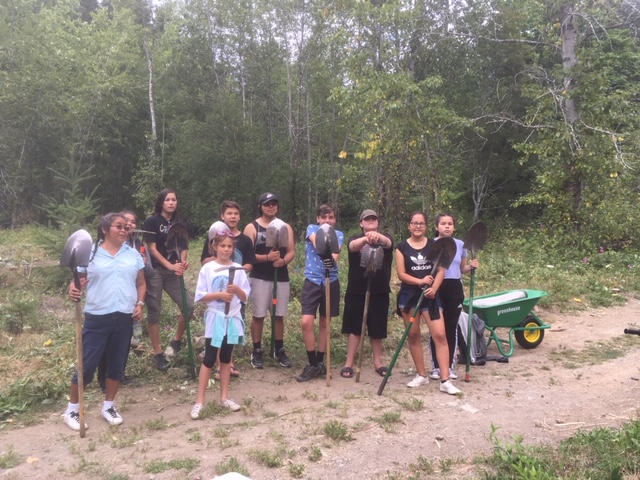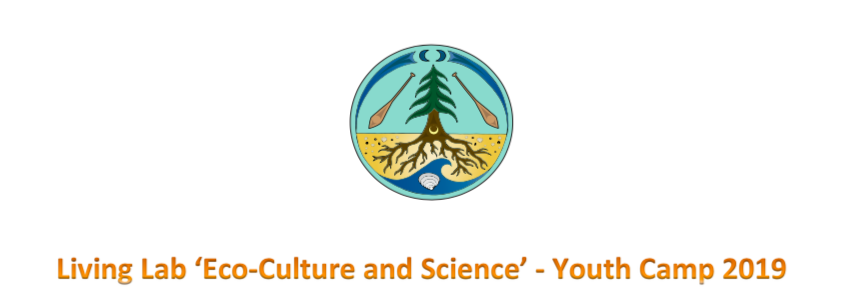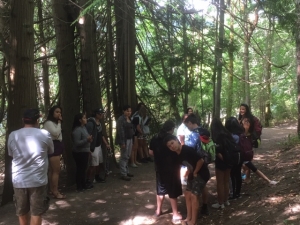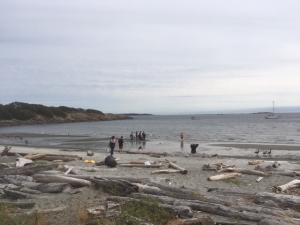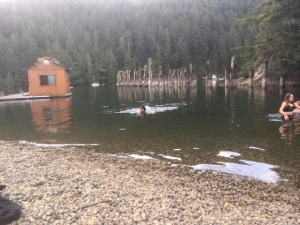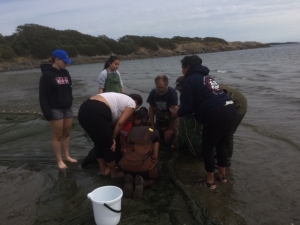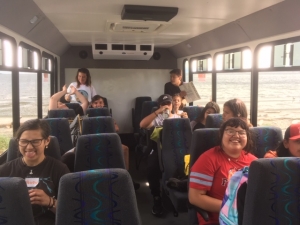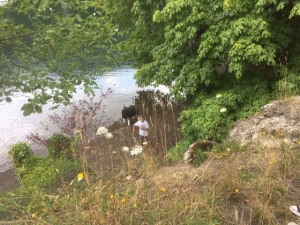On July 11th Living Lab team members Florence Dick and Darlene Joseph ( Songhees Nation) , Earl Claxton Jr, Nick Claxton and Tiffany Joseph ( WSANEC) along with John Lutz (UVic History), John Taylor ( Biology), Judith Lyn Arney ( PEPAKEN HAUT’W) and Maeve Lydon ( Staff) had field trip / learning day out at Pender and Salt spring to visit the traditional territories of the WSANEC (Poet’s Cove- Pender Islands) and reefnet fishery site, to Burgoyne Bay ( XWAAQUAM) Cowichan Territory and Red Fish School of Change field school. The purpose was to come together as a community of practice to learn about current restoration and resurgence efforts on the land and for the reefnet fishery and to meet collaborators from the TETACES Climate Action Project on Pender Islands and the Redfish School of Change at XWAAQUAM.
Event Photos:
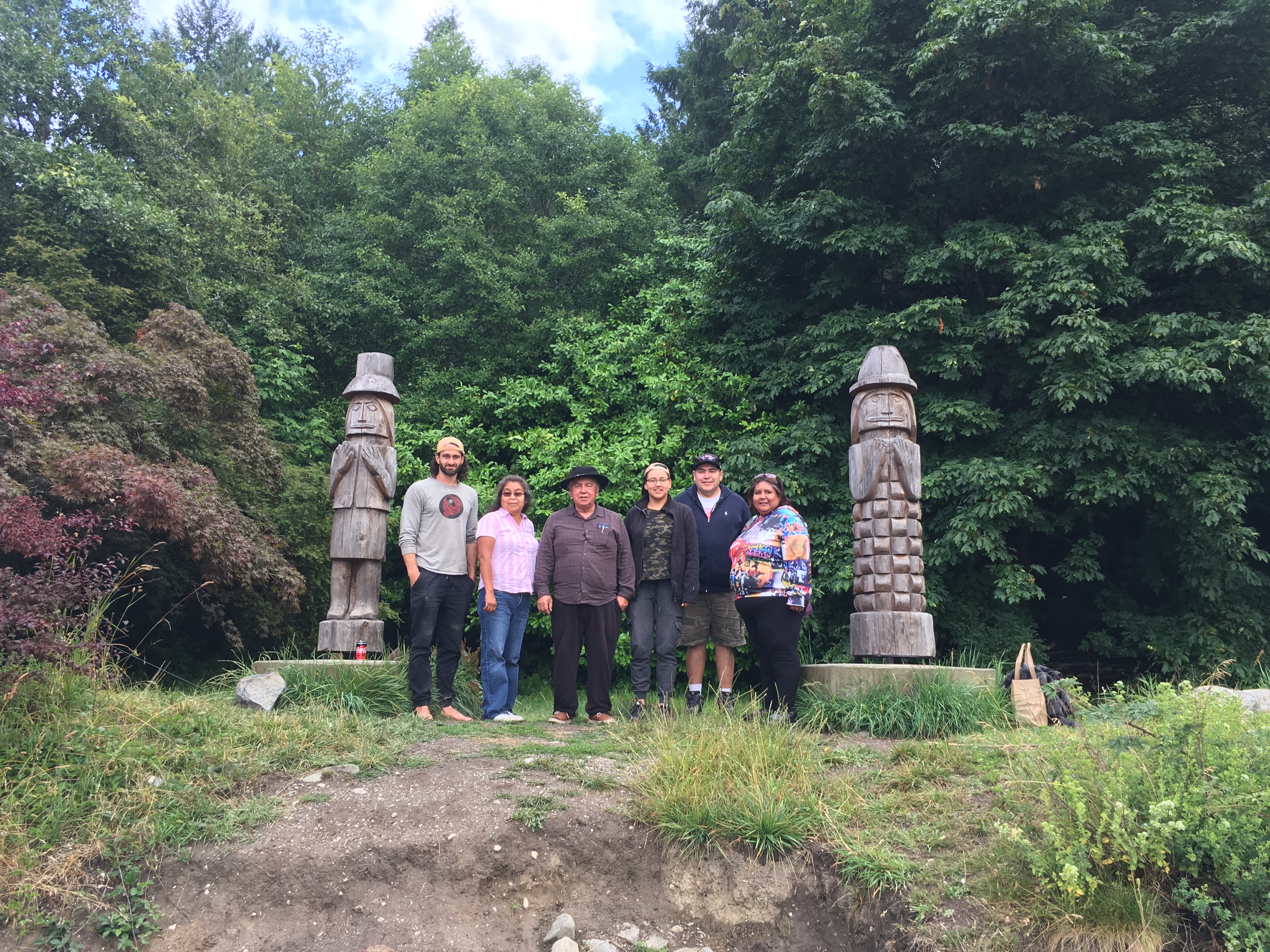
Coast Salish Gathering @ XWAAQUAM) (l to r) Joe ( Cowichan/ Settler), Darlene (Songhees), Earl (WSANEC), Tiffany (WSANEC), Nick (WSANEC) and Florence (Songhees)
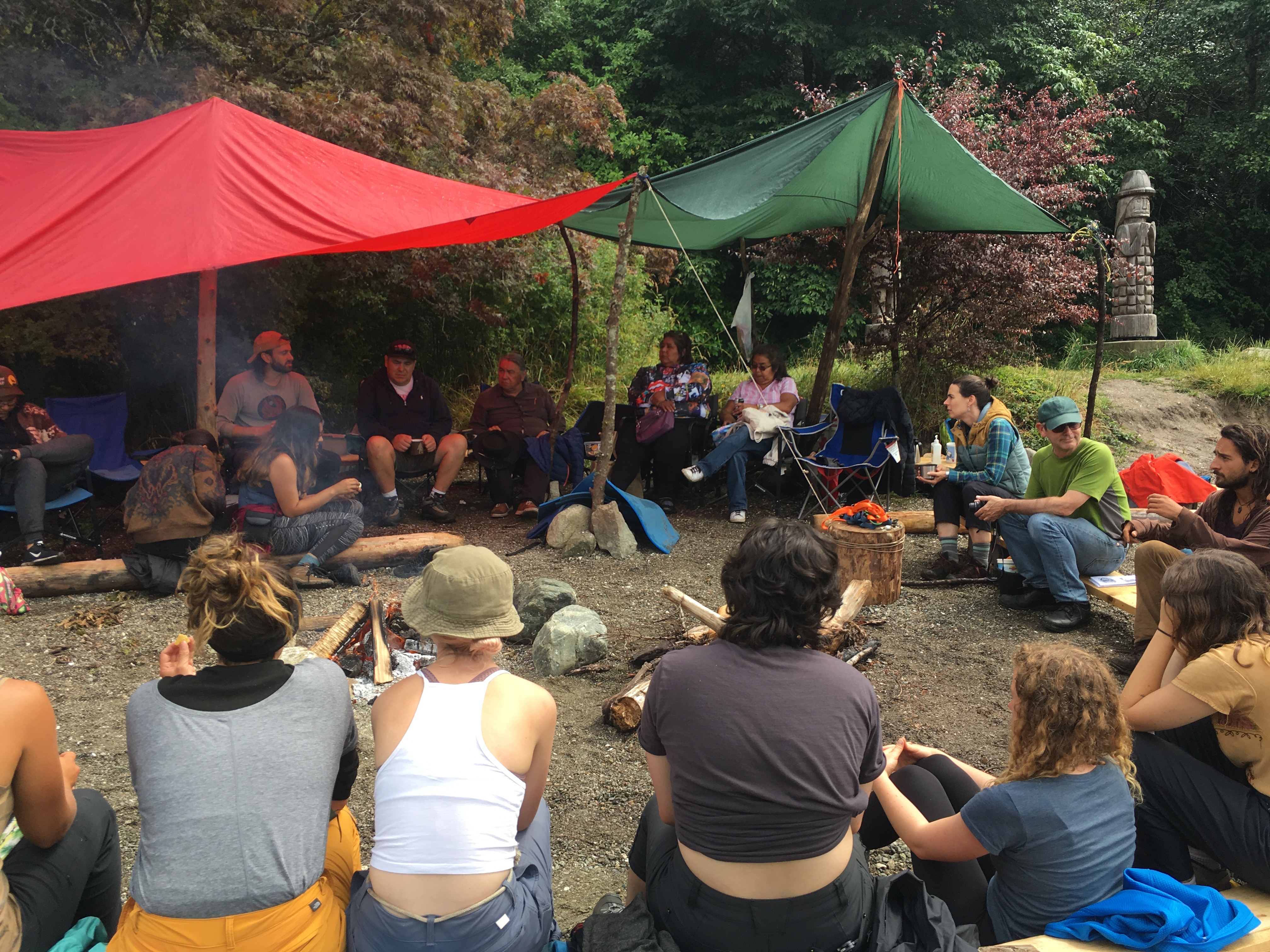
Redfish School of Change Circle – XWAAQUAM
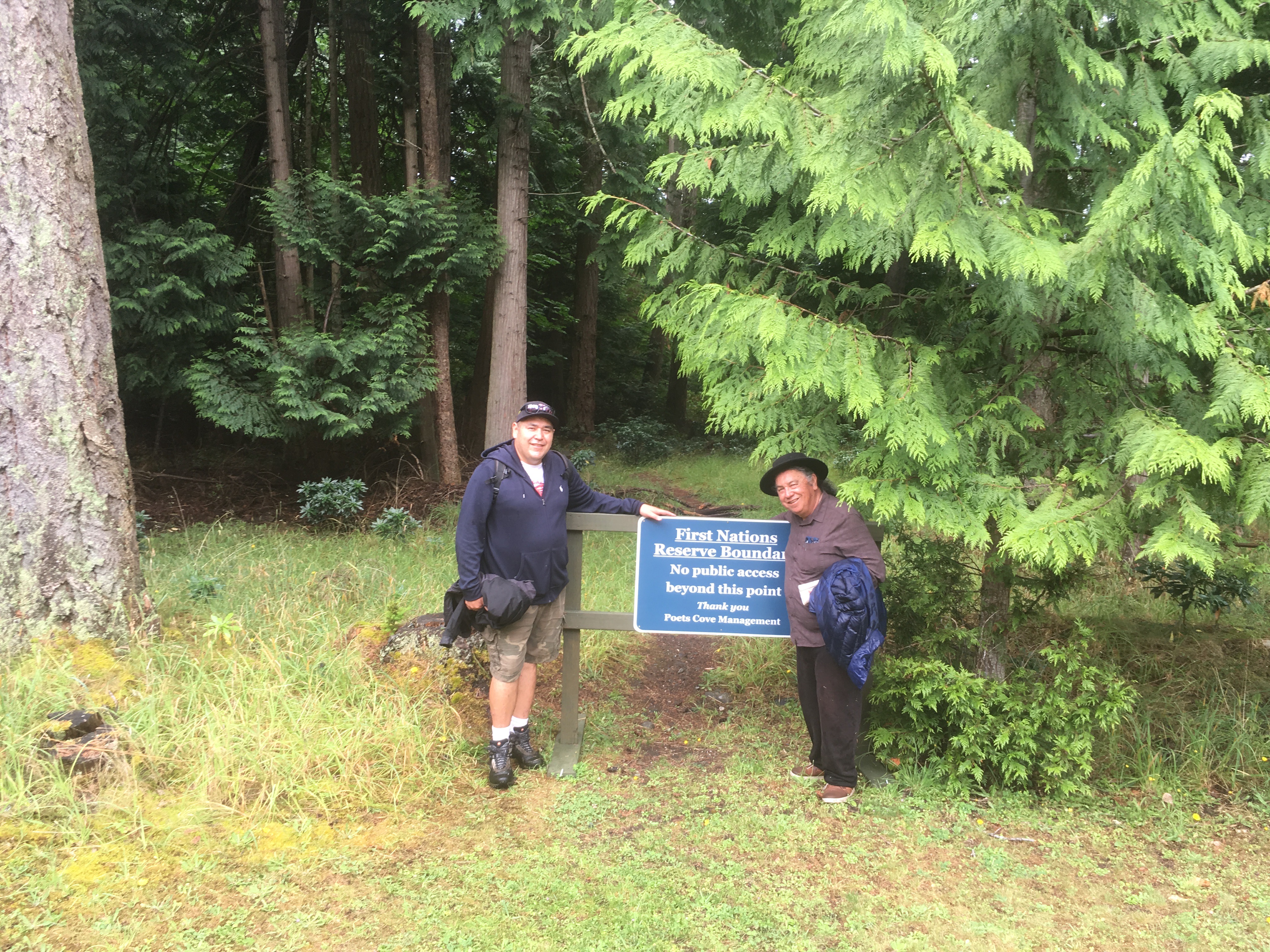
Earl and Nick – Pender Island- Poets Cove Reserve Boundary
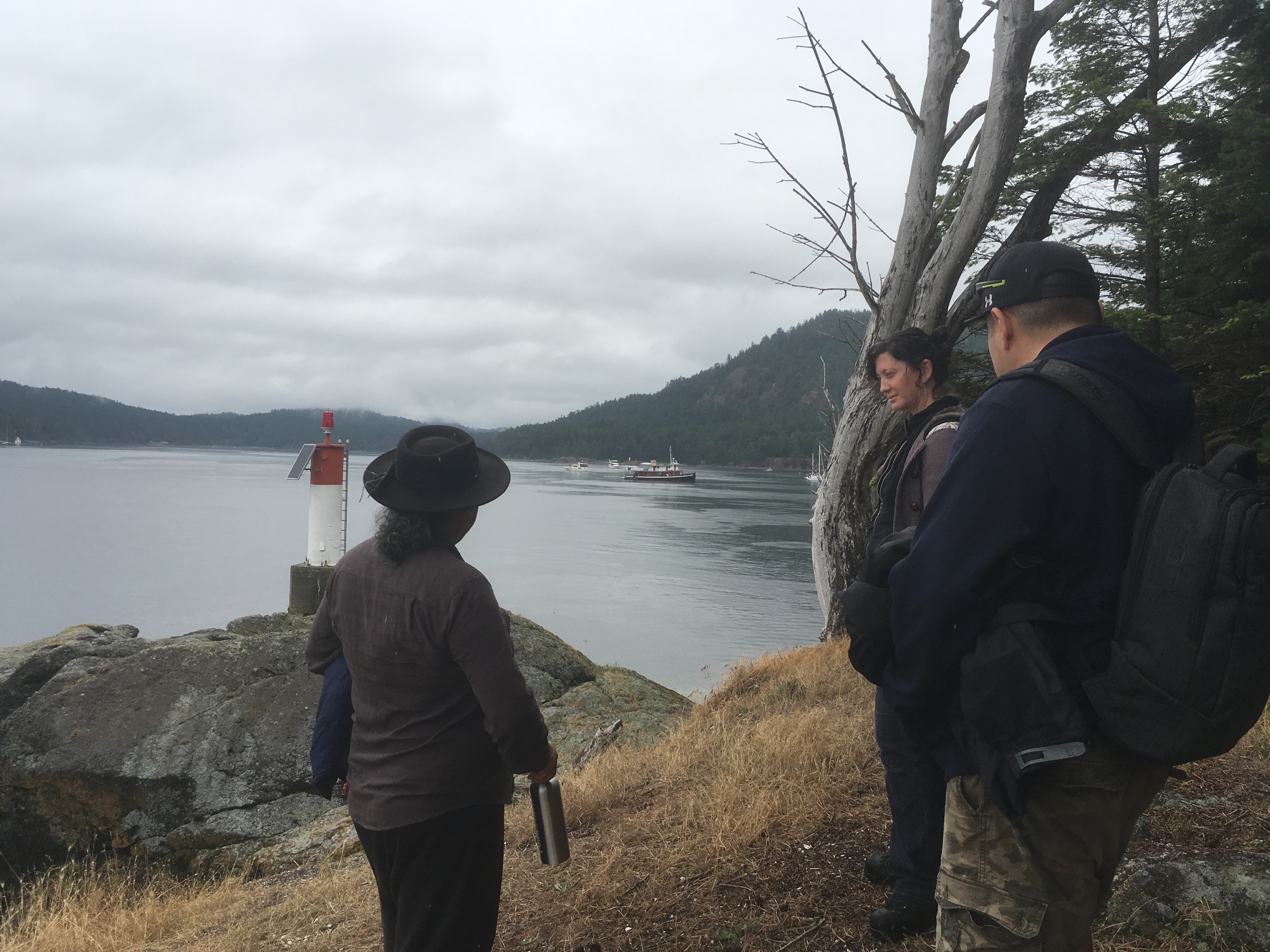
Earl, Judith and Nick – Pender Island Reefnet – Reserve Site
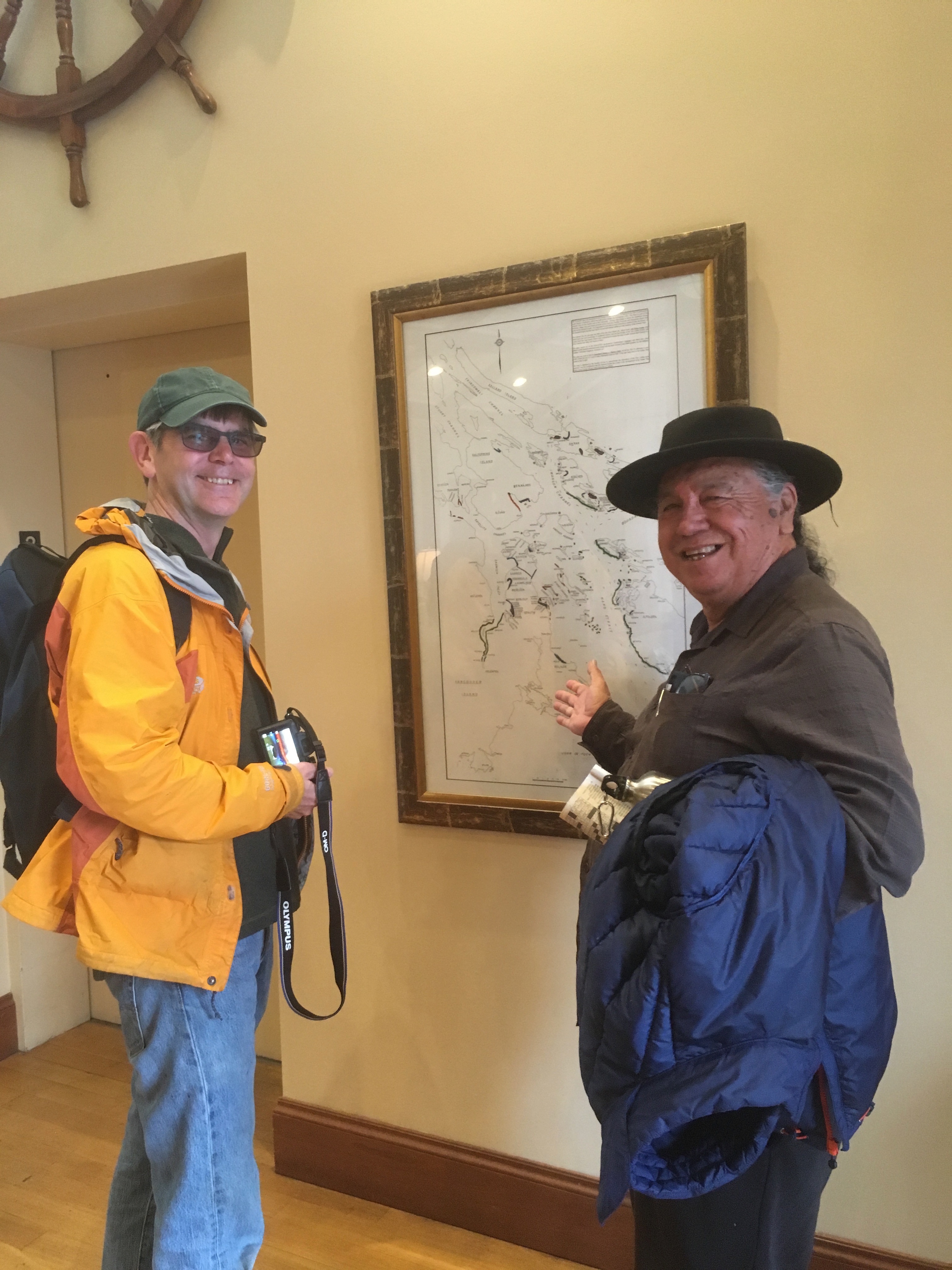
John Lutz and Earl Claxton Jr with Saltwater People WSANEC Map
